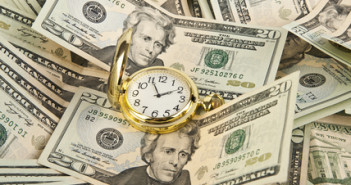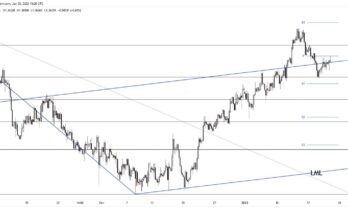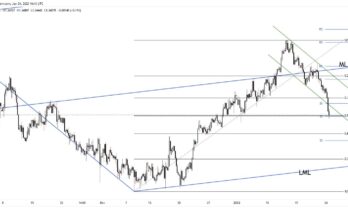“Men, it has been well said, think in herds; it will be seen that they go mad in herds, while they only recover their senses slowly, and one by oneâ€. Charles Mackay wrote Extraordinary Popular Delusions and the Madness of Crowds almost two centuries ago, but currency market movements over the past two days have proved that his words remain true.
As we go to pixels this morning, the euro and dollar are back to levels established prior to
Wednesday’s Federal Reserve meeting. Traders who had herded into short positions against the common currency, and were then trampled in the stampede out of them, are now recovering their senses slowly, and one by one.
Wednesday’s Federal Reserve meeting. Traders who had herded into short positions against the common currency, and were then trampled in the stampede out of them, are now recovering their senses slowly, and one by one.
As the dust settles, market participants are concluding that the larger forces driving the euro-dollar pair toward parity remain largely intact. Structural rigidities across the euro area are likely to keep growth restrained, meaning that Mario Draghi will need to keep the presses running for some time yet. With China slowing, and raw materials prices weak, investment prospects in the developing world are dimming – meaning that the United States is positioned to attract the lion’s share of global capital flows over the coming months.
That being said, there are good reasons to believe that another reversal is in the offing. While parity is an incredibly attractive psychological level for traders, it could also represent the point at which fundamentals reassert themselves. With valuations at record highs, dollar-denominated assets are becoming incredibly expensive relative to global peers. The greenback has gained more than 25% since last June. As the exchange rate falls, the euro area becomes more competitive by the day, meaning that its trade surpluses are poised to grow. There are also strong arguments to suggest that monetary divergence between the two trading blocs has been thoroughly priced into the markets. More broadly, sentiment has become astonishingly lopsided, with very few observers willing to take a bullish position on the euro – perfect conditions for another short squeeze.
In short, another leg to the dollar rally seems likely, but market participants should begin preparing for a pullback.
Here in Canada, the exchange rate is scraping the bottom of its trading range, after retail sales plunged 1.7% in January. With energy prices plumbing multi-year lows, economists sounding the alarm, and bears sitting on financial news desks across the country, consumers are taking an increasingly cautious approach to spending. As growth slows, another rate cut is becoming a stronger possibility, meaning that the 1.30 dollar-Canada mark now has a target painted on it.
Have a great weekend, and good luck in recovering from whiplash injuries…
In our latest podcast we discuss The Fed and the road ahead – all you need to know
Subscribe to Market Movers on iTunes



